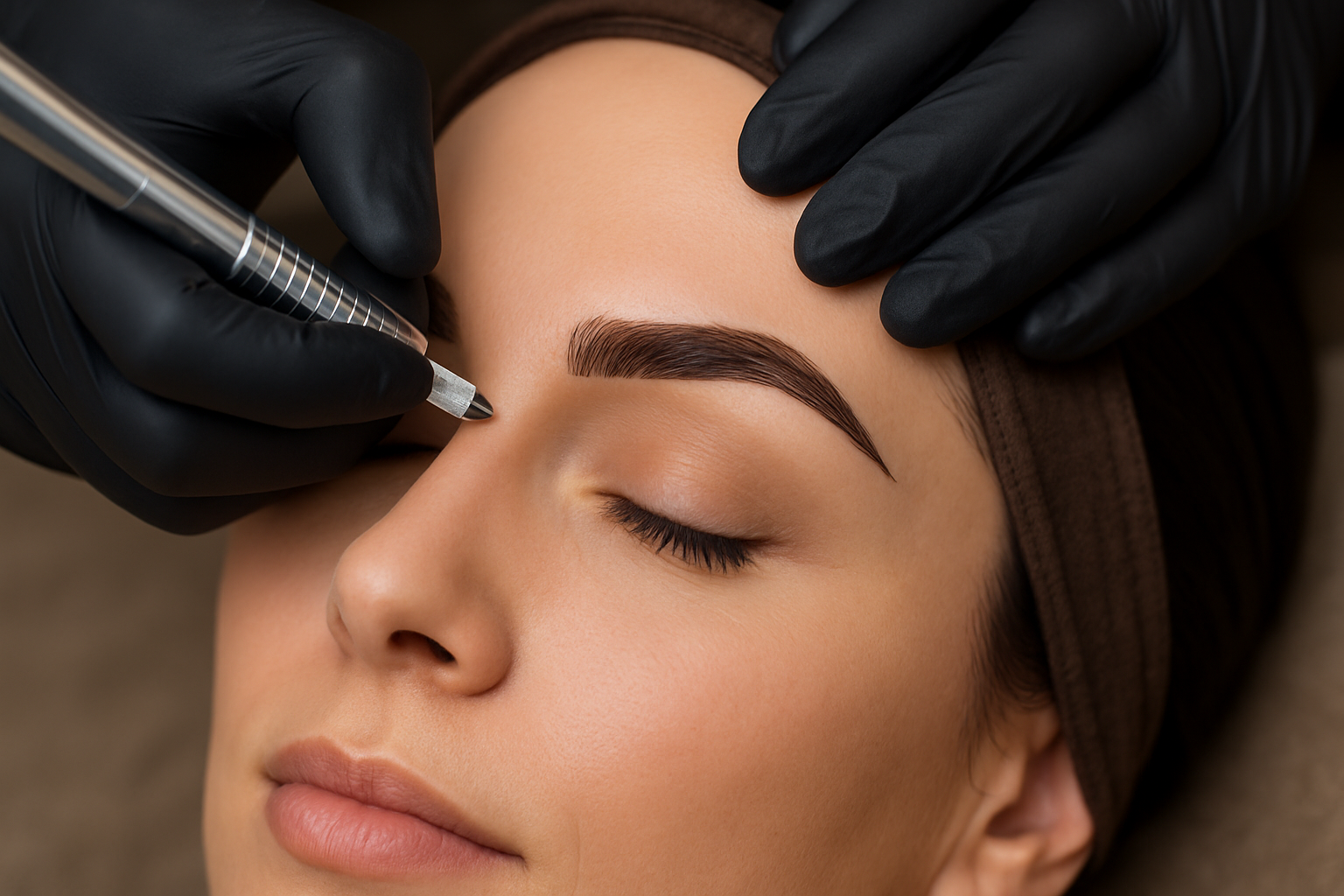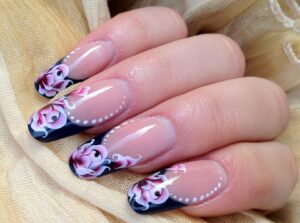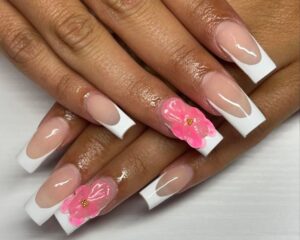Eyebrows play a crucial role in framing our face and highlighting our eyes, but not everyone is blessed with naturally full, symmetrical brows. Overplucking, genetics, medical conditions, or simply the desire for a more defined look can lead people to seek semi-permanent solutions. One of the most popular treatments in the beauty world today is eyebrow microblading—a revolutionary technique that promises natural-looking, fuller brows with minimal maintenance.
But what exactly is microblading, and how does it work? Let’s dive deep into the process, benefits, risks, aftercare, and everything else you need to know about eyebrow microblading.
What Is Eyebrow Microblading?
Eyebrow microblading is a semi-permanent cosmetic procedure that involves manually depositing pigment into the skin using a fine blade composed of tiny needles. The goal is to create hair-like strokes that mimic the natural appearance of real eyebrows. The result is fuller, shapelier, and more symmetrical eyebrows that can last from 1 to 3 years, depending on your skin type, lifestyle, and aftercare.
Unlike traditional eyebrow tattoos, which use a machine and penetrate deeper into the skin, microblading is more surface-level. This ensures a softer, more natural look rather than the solid, artificial appearance that tattoos can sometimes produce.
How Does Microblading Work?
The microblading procedure is typically performed by a trained and certified technician or aesthetician. Here’s a breakdown of the process:
1. Consultation
The journey starts with a consultation where you discuss your desired eyebrow shape, thickness, and color with the technician. The shape is typically mapped using your facial features and bone structure to ensure symmetry and suitability.
2. Numbing
A topical numbing cream is applied to the brow area to minimize discomfort during the procedure. The technician may wait 20–30 minutes for the numbing agent to take full effect.
3. Pigment Selection
The technician helps you choose a pigment that matches your natural brow color and complements your skin tone. This step is essential for achieving a realistic look.
4. Microblading Process
Using a handheld microblading tool with ultra-fine needles, the technician makes tiny incisions in the skin that resemble hair strokes. The pigment is deposited into these strokes, which creates the illusion of naturally full eyebrows.
5. Final Touches
Once the strokes are completed, the technician applies an additional layer of pigment over the entire brow area, allowing it to soak into the incisions. After a few minutes, the pigment is wiped off, revealing the initial result.
6. Healing Process
The full healing process can take 4 to 6 weeks. During this time, your brows may go through different phases including scabbing, fading, and final settling of color.
Benefits of Eyebrow Microblading
- Natural-looking results: The technique mimics natural brow hairs, making it hard to distinguish real hairs from microbladed strokes.
- Time-saving: Say goodbye to daily brow pencils and gels.
- Long-lasting: Results can last up to 1–3 years with proper care.
- Customized shape and color: Tailored to your unique facial features and preferences.
- Boosts confidence: Fuller brows can make your face appear more youthful and defined.
Is Microblading Painful?
Pain levels vary from person to person, but most people describe the sensation as similar to light scratching or tweezing. Thanks to the topical numbing cream applied before the procedure, discomfort is minimal for the majority of clients. Those with sensitive skin might experience a bit more irritation, but it’s generally tolerable.
Who Is a Good Candidate for Microblading?
Microblading is suitable for most people, especially those with:
- Sparse or thinning eyebrows
- Uneven or asymmetrical brows
- Scars in the brow area
- A desire to save time on makeup
However, it may not be recommended for individuals who:
- Are you pregnant or breastfeeding
- Have certain skin conditions like eczema, psoriasis, or keloids
- Are undergoing chemotherapy
- Have uncontrolled diabetes or are on blood thinners
Always consult with your technician and, if needed, your doctor before undergoing the procedure.
Aftercare and Healing
Proper aftercare is crucial for achieving the best results. Here’s what you can expect post-procedure:
Do’s:
- Gently clean your brows with a damp cotton pad during the first few days.
- Apply the recommended ointment as instructed.
- Let the scabs fall off naturally (no picking or scratching).
Don’ts:
- Avoid getting your brows wet (no swimming, steam, or excessive sweating) for at least 7–10 days.
- Avoid makeup or skincare products around the brows during the healing period.
- Refrain from sun exposure and tanning.
The brows will initially appear darker and bolder but will fade and soften as they heal.
Touch-Up Session
A follow-up session is typically required 4 to 6 weeks after the initial appointment. This session allows the technician to fill in any areas that didn’t retain pigment and to adjust the shape or color as needed. After the touch-up, your brows should last between 12 to 36 months, depending on your skin type and lifestyle.
Risks and Side Effects
Like any cosmetic procedure, microblading carries some risks. Possible side effects include:
- Redness or swelling
- Allergic reactions to the pigment
- Infection if aftercare guidelines are not followed
- Uneven pigment distribution if performed by an inexperienced technician
To minimize risks, choose a certified, experienced professional who follows proper hygiene protocols.
Cost of Microblading
The price of microblading can range between ₹15,000 to ₹40,000 ($200 to $600), depending on the technician’s experience, location, and included services. While the upfront cost may seem high, it often pays off when you factor in the money and time saved on brow products over the years.
7 Frequently Asked Questions (FAQs)
1. Is eyebrow microblading painful?
Most clients report only mild discomfort during the procedure, thanks to the numbing cream applied beforehand. It feels more like light scratching rather than sharp pain.
2. How long does microblading last?
Typically, results last between 12 to 24 months, depending on your skin type, lifestyle, and how well you follow aftercare instructions. A touch-up is often needed once a year.
3. Is microblading safe?
Yes, when done by a licensed and trained professional in a sterile environment, microblading is generally safe. Always research your technician thoroughly before booking.
4. Can microblading be done on all skin types?
While microblading can be done on most skin types, very oily or sensitive skin may not retain pigment as well and may require more frequent touch-ups.
5. What is the difference between microblading and tattooing?
Microblading is semi-permanent and uses fine hair-like strokes with pigment deposited in the upper layers of the skin. Tattooing is permanent, penetrates deeper, and often results in a more solid, less natural look.
6. How do I care for my brows after microblading?
Avoid water, makeup, and sweating around the brow area for at least 7–10 days. Let any scabs flake off naturally and avoid sun exposure during the healing phase.
7. Can microblading be reversed or removed?
If you’re unhappy with the results, options such as saline removal or laser treatments may help fade or remove the pigment, but these are more complex and may take multiple sessions.



